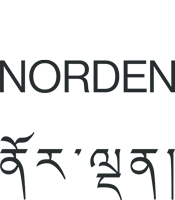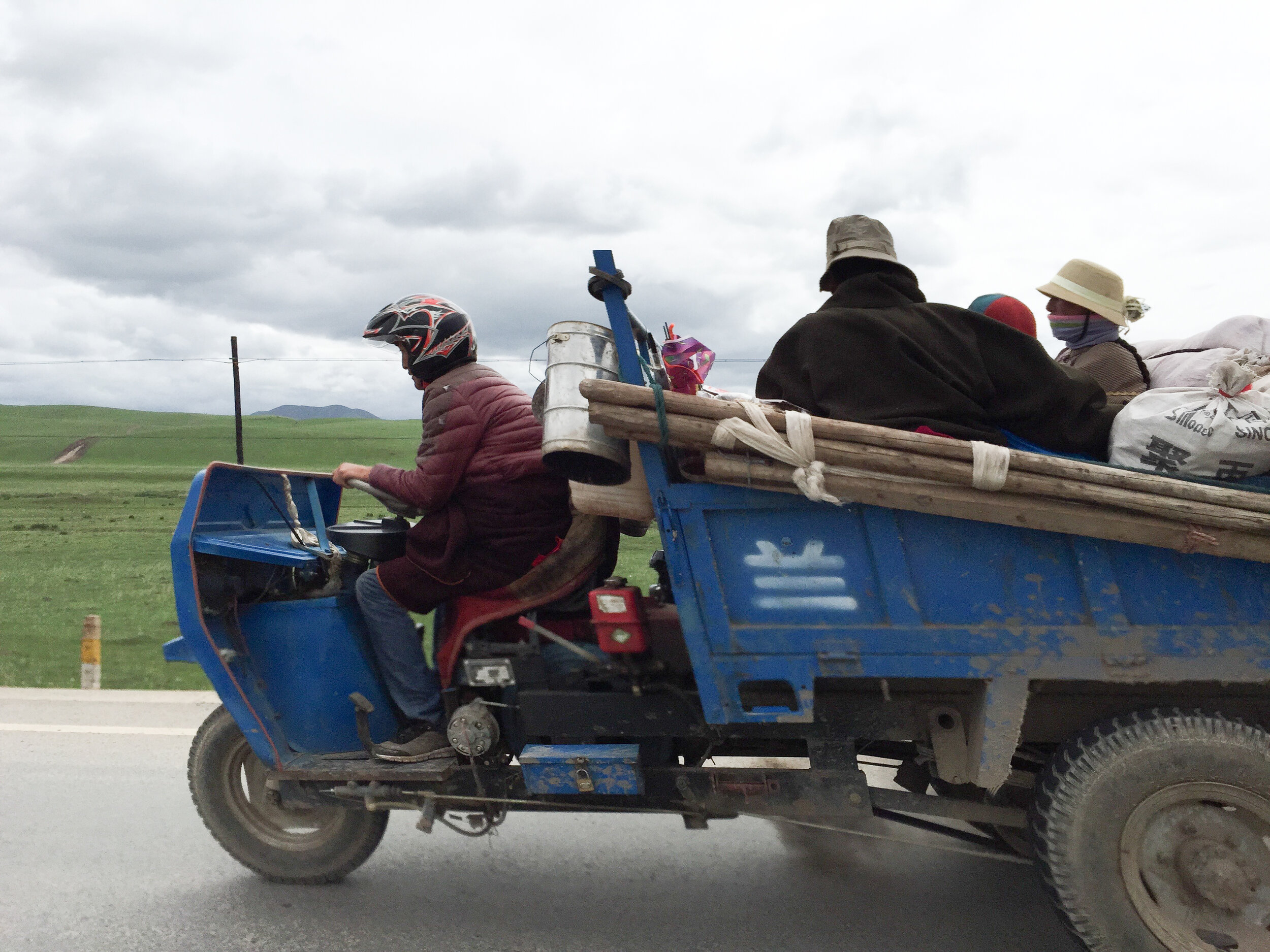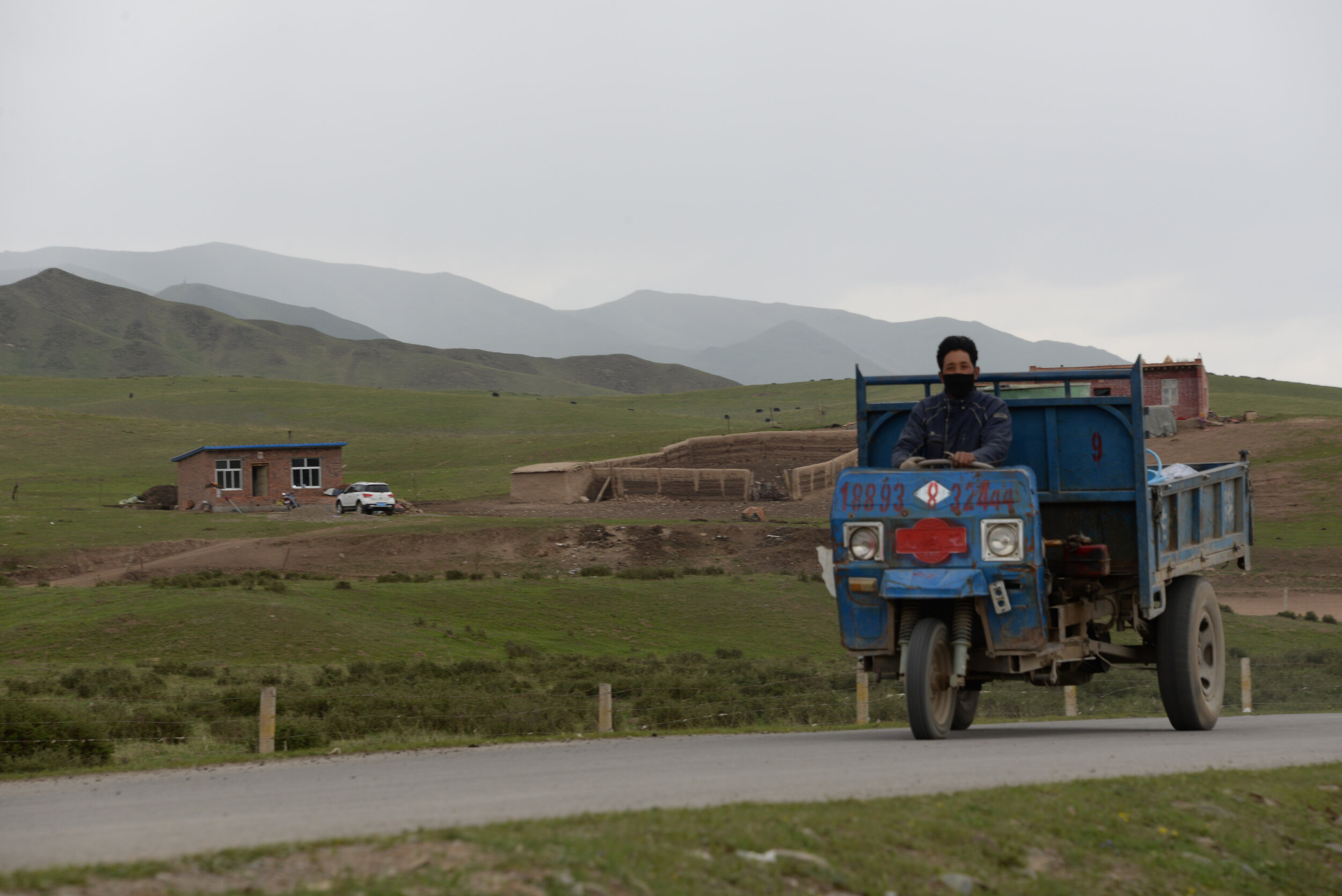Winter Homes
/With the coming of spring, nomads will soon leave their winter houses and resume movement. Nomads’ lives revolve around those of their animals, and the cycles of nature that they depend on. Winter is marked by nature shutting down and the transhumance of men and beast coming to a close, except for high altitude grazing conducted by the young and fit, who lead yaks to graze certain highly nourishing grasses.
The major portion of the herds, and all the sheep remain in one designated area feeding on the leftovers from the pasture supplemented by oats harvested for that purpose. Still, it is a lean time that carries over into the spring and that most animals survive thanks to abundant summer and fall grazing.
Winter dictates a different lifestyle, and thus, the winter house. Until the last few decades, nomads set up winter camps, with a designated spot a family would return to each year, a site that offered natural protection and easier access to supplies.
The concept of a house remained alien to nomads until recently, and in Central and Western Tibet, more prosperous families would build small dry stone structures to protect their assets and surplus food and continue to live in their characteristic black yak hair tents.
Nomads in the areas around Norden Camp began building houses on their winter plots, and since house building was a new concept, they were plain, with the sole purpose of putting a roof over their heads. Built of single bricks with a tin roof, they may have one or two rooms, a walled yard for animals and a spot to park their car. Some families evolved into more spacious lodgings with wooden floors, a supply room and a glassed in veranda to catch the sun.
Each summer, they are emptied out and nomad families can be seen with their possessions loaded on a Blue Camel, the 3 wheeled pickup that take them back with their animals to higher summer pastures where they resume their more migratory patterns.






